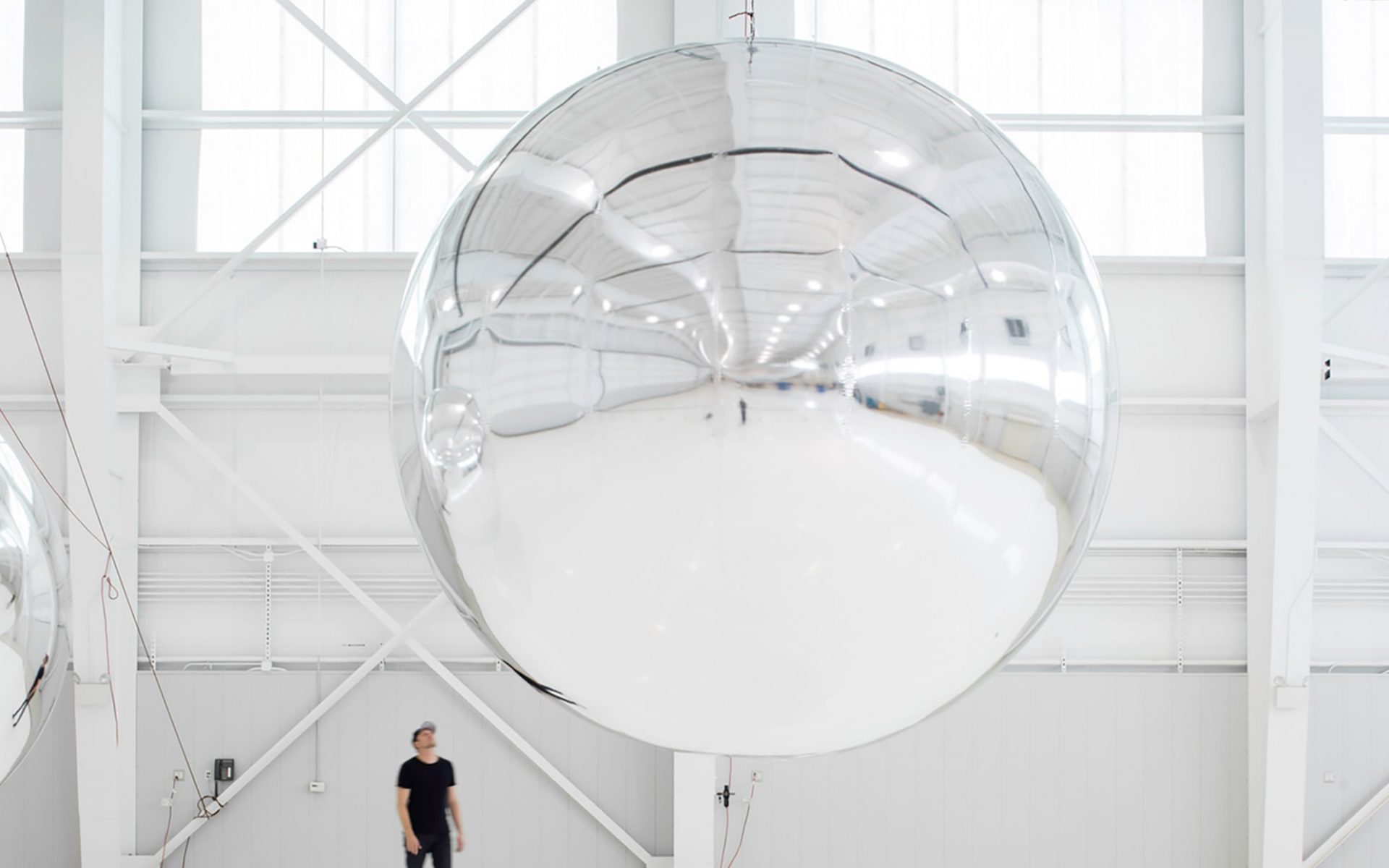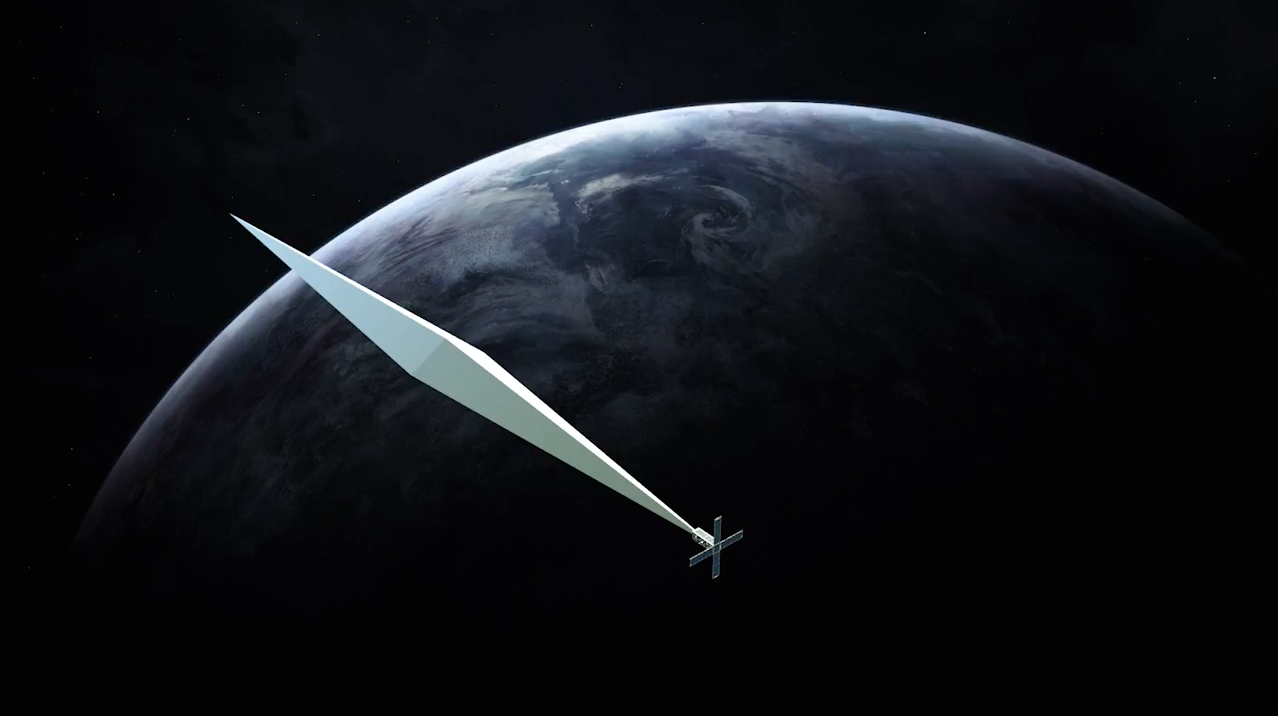

Sculptor Trevor Paglen’s Newest Work Is Going into Orbit
Set to launch aboard a SpaceX Falcon 9 in November, the reflective sculpture will be visible in the night sky
A celestial tour de force ten years in the making is finally preparing for takeoff—aboard a SpaceX Falcon 9, to be exact. Titled Orbital Reflector, the 100-foot-long inflatable sculpture, conceived by artist Trevor Paglan, is set to launch into orbit this November. Once there, it will circle the planet every 94 minutes, reflecting light back to Earth with approximately the same brightness as the stars in the Big Dipper.

Orchestrated in collaboration with the Nevada Museum of Art and backed by a Kickstarter campaign, the project challenges viewers to not only think more deeply about the universe, but about humanity’s relationship with it. “It prompts us to ask the big questions,” states the Kickstarter page. “Who are we? Where did we come from? Where are we going? What are we doing to the shared world in which we live?”
Recommended: Eero Saarinen’s TWA Flight Center Is Becoming a Hotel
There’s likely no artist more equipped to harness such existential concerns as Paglen, whose work has questioned everything from the reality of radioactive contamination (Trinity Cube, 2015) to the digital future (Autonomy Cube, 2014). With a career so engrained in the philosophical implications of progress, it was only a matter of time before space travel entered the mix. As it happens, the impending launch of Orbital Reflector coincides with a mid-career survey of Paglen’s work at the Smithsonian American Art Museum.

“Orbital Reflector is a work of aerospace engineering for aerospace engineering’s sake,” Paglen says. And while this may be a benchmark in art history, the idea itself isn’t novel; it can be traced back to Russian artist Kazimir Malevich, who dreamed up space sculptures that he called “sputniks”—literally translated, “fellow travelers.” The Russian term eventually went global with the 1957 debut of the world’s first artificial satellite, Sputnik I.
The project will be partnered with sky-watching app Star Walk 2, alerting viewers whenever Orbital Reflector is overhead. Flight data will also be available from the project’s website, which is powered by the Nevada Museum of Art.






